The Woman Who Went to Fairyland recounts the Welsh tale of two happily married couples: one fairy, the other human.
Some people believe in fairies while others do not. Some consider fairies good while others consider them mischief-makers. True fairy nature may be the same as human, in The Woman Who Went to Fairyland: A Welsh Folk Tale, retold by Rosalind Kerven, illustrated by Honey de Lacey, and published by Blackie Children’s Books in 1992. The book numbers among the publisher’s Folk Tales of the World series.
The book begins with an elderly couple finding their serving-maid Elin with a gold coin. Elin explains that the coin is fairy-thanks for leaving bread and milk to drink and soap and water to bathe the previous night. The explanation infuriates Huw and Bet, who forbid Elin to associate with fairies.
That night, Elin ambles alongside the river. She observes fairies dancing, playing fiddles and pipes, and singing. The fairies spin Elin around until she falls asleep in place.
The next morning, Bet admits to spying on Elin. She cautions Elin against fairies abducting her. Bet insists that Elin carry something metallic (such as a knife) by day and have a rowan tree branch across the bed by night.
Elin does not make breakfast. Bet looks into Elin’s bedroom. She screams that the fairies have stolen Elin.
One year and one day later, rain falls in buckets. The fairy king knocks at the door and requests Bet’s presence. He and she speed on a silver horse to a cobwebby, mossy, shadowy cave.
Inside are Elin and her son with the king. Elin has ointment to apply to her son’s eyes. She indicates that the ointment is not for humans. But Bet puts some into one eye. With the non-anointed eye, she sees Fairyland human-style. With the anointed eye, she sees Fairyland fairy-style: as bright and unusual as the silver horse that takes her back home.
Bet carries two bags from Elin’s husband. Huw thinks that their cares are over, because the bags are filled with gold. But Bet worries about her fairy-sighted eye.
The book ends with Bet seeing the fairies at the Midwinter Fair. Queen Elin’s husband guesses about the ointment. He has his breath go into Bet’s fairy-sighted eye. Bet never sees fairies again.
The Woman Who Went to Fairyland is a charmingly written and winsomely illustrated story for readers of all ages. It offers adventure, fun, and happy endings to adults and children.


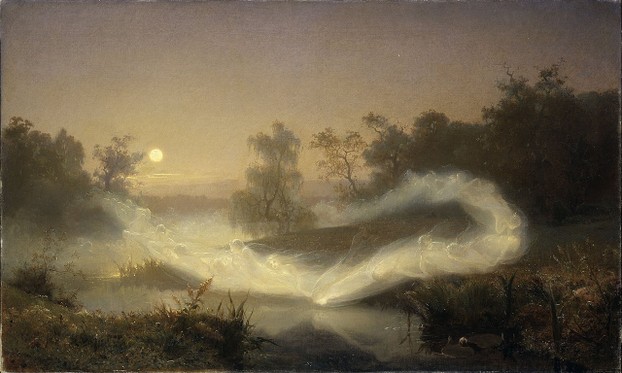
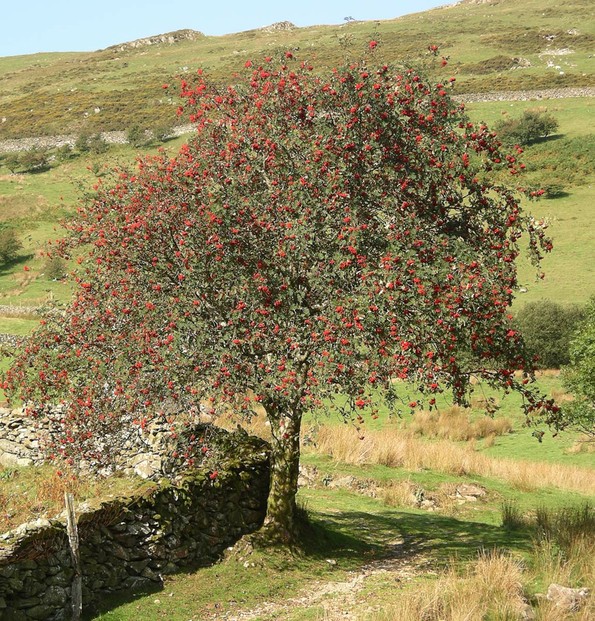
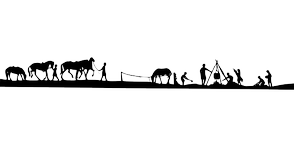



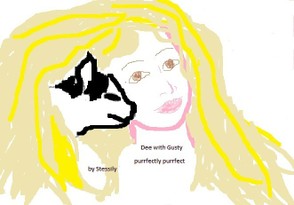
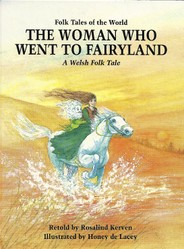

 Are Hawaiian Huakai Po Nightmarchers Avenging Halloween Thursday?on 10/02/2024
Are Hawaiian Huakai Po Nightmarchers Avenging Halloween Thursday?on 10/02/2024
 Mailing Addresses for 2023 Form 4868 Extending 1040 and 1040SR April 15, 2024, Due Dateon 04/15/2024
Mailing Addresses for 2023 Form 4868 Extending 1040 and 1040SR April 15, 2024, Due Dateon 04/15/2024
 Mailing Addresses for 2023 Forms 1040 and 1040SR Filed in 2024on 04/15/2024
Mailing Addresses for 2023 Forms 1040 and 1040SR Filed in 2024on 04/15/2024
 Mailing Addresses for 2022 Form 4868 Extending 1040 and 1040SR April 18, 2023, Due Dateon 04/13/2023
Mailing Addresses for 2022 Form 4868 Extending 1040 and 1040SR April 18, 2023, Due Dateon 04/13/2023

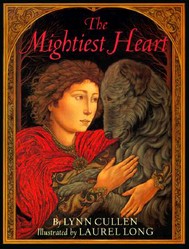
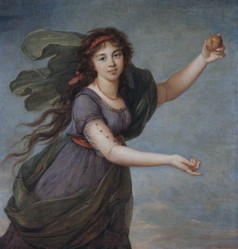
Comments